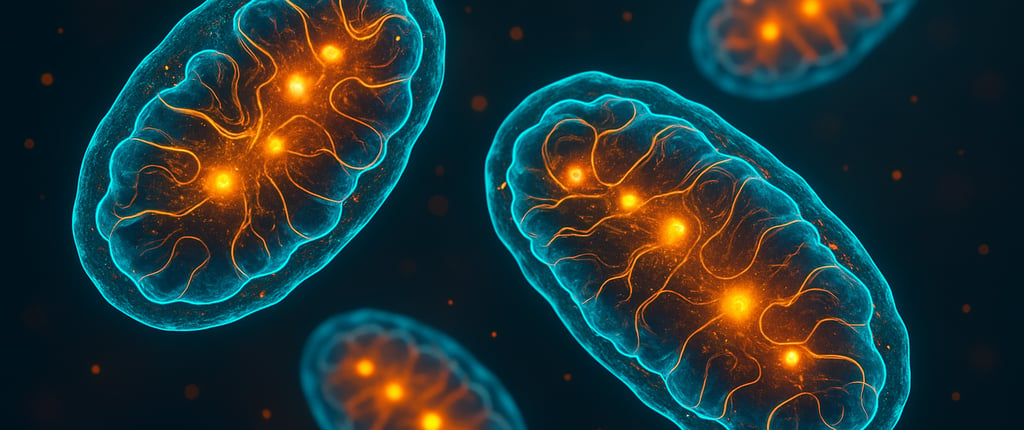BioPhotons are extremely weak light particles (photons) emitted by living organisms as part of normal biological processes. These emissions typically fall in the ultraviolet to visible light spectrum (around 200–800 nm) and are so faint that they require ultra-sensitive photomultipliers or CCD cameras to detect.
Unlike the bright bioluminescent glows of fireflies or deep-sea creatures, biophoton emission (also called ultra-weak photon emission, UPE) is non-thermal and not visible to the naked eye. For example, human tissues generally emit only on the order of 1–1000 photons per cm^2 per second – far weaker than ambient thermal radiation.
Biophotons were first hinted at in the 1920s when Alexander Gurwitsch observed onion root cells seemed to communicate via an unknown “mitogenic radiation,” thought to be ultraviolet photons stimulating celldivisionpmc.ncbi.nlm.nih.gov. His claims were controversial, and interest waned mid-20th century.
In 1984, German biophysicist Fritz-Albert Popp resurrected the idea and coined the term “biophoton” to describe photons emitted from biological systems without heat (distinct from enzyme-based bioluminescence). Popp and colleagues proposed that biophotons are emitted in a coherent manner (somewhat like a weak laser), and hypothesized they might play regulatory roles in biology.
Today, it is understood that biophotons are largely a byproduct of cellular metabolism – in particular, oxidative reactions produce electronically excited molecules that relax by emitting light. These photons are sometimes called “metabolic photons” or “biological autoluminescence.”
Scientists have detected UPE from virtually all forms of life – bacteria, fungi, plants, and animal cells all give off this ultra-weak light. What remains intriguing is whether these faint bio-light emissions are purely incidental or serve some biological function.
Researchers are actively investigating if biophotons could act as signals in cell-to-cell communication or reflect the physiological state of cells. In summary, biophotons are ultra-dim light emissions from living cells, first noted historically by Gurwitsch and Popp, and arising from basic biochemical processes.


